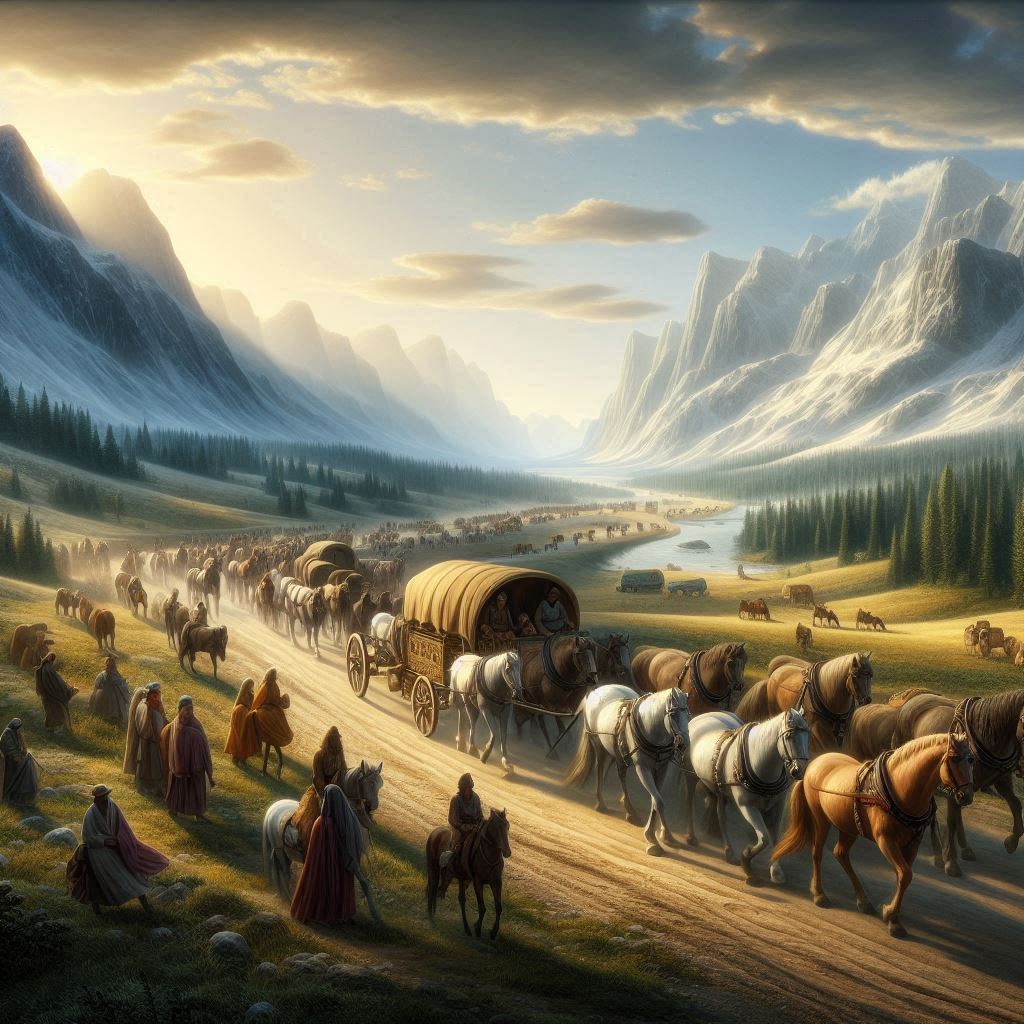Why horses are no longer a primary means of transport is a question that reflects the profound changes in human society, technology, and the environment. Once, these majestic creatures were the backbone of transportation, carrying people and goods across vast distances. However, the advent of mechanized transport has rendered horses largely obsolete in this role. This article explores the reasons behind this significant shift, examining technological advancements, societal changes, and the evolving relationship between humans and animals.
The Rise of Mechanized Transport
The transition from horses to machines for transportation was driven primarily by technological innovations that reshaped the landscape of travel and logistics.
The Impact of the Industrial Revolution
The Industrial Revolution in the 18th and 19th centuries marked a pivotal moment in transportation. Steam engines and later internal combustion engines revolutionized how goods and people were moved. Trains became a symbol of speed and efficiency, allowing for the rapid transportation of large quantities of goods across great distances. This shift not only increased the speed of travel but also reduced costs, making transportation more accessible to the general public.
The Advent of Automobiles
With the invention of the automobile in the early 20th century, the reliance on horses began to decline sharply. Cars offered unparalleled convenience, allowing individuals to travel at their own pace and choose their own routes. This newfound freedom and mobility were appealing to many, and as road infrastructure improved, the use of horses for transport dwindled. The automobile became synonymous with modern life, further pushing horses into the background of transportation history.
Changes in Society and Urbanization
The decline of horses as a primary means of transport is also intrinsically linked to broader societal changes and urbanization.
Urban Development and Infrastructure
As cities expanded, the needs of urban transport evolved. Horses, while capable of navigating city streets, could not meet the growing demands of increasingly populated urban areas. The construction of roads, highways, and public transportation systems provided efficient alternatives to horse-drawn vehicles. Buses and subways became the preferred modes of transport in cities, further diminishing the role of horses in daily life.
Shifts in Lifestyle and Economy
The shift from agrarian lifestyles to urban living fundamentally changed how people interacted with animals. As more individuals moved to cities, the need for horses diminished. The economy also shifted; with the rise of industrialization, services like freight transport and logistics became more sophisticated, relying on trucks and trains rather than horses. This economic transformation meant that horses were no longer seen as a viable option for transport, leading to their decline in urban settings.
The Changing Perception of Animals
The relationship between humans and horses has also evolved, resulting in a change in their role in society.
Horses as Recreation Rather than Transport
Today, horses are often viewed more as companions or recreational animals rather than as utilitarian transport. Equestrian sports, such as show jumping and dressage, have gained popularity, transforming horses into symbols of leisure and sport rather than labor. This shift reflects a broader societal change in how we perceive animals and their roles in our lives, prioritizing companionship and enjoyment over practicality.
Ethical Considerations and Animal Welfare
In recent decades, there has been a growing awareness of animal welfare issues. The use of horses for transport raises ethical questions about their treatment and well-being. As society becomes more conscious of animal rights, the idea of using horses for laborious tasks has become less acceptable. This shift in consciousness has contributed to the decline of horses as a primary means of transport, as many people now advocate for their protection and proper care.
Conclusion
In conclusion, the reasons why horses are no longer a primary means of transport are multifaceted, encompassing technological advancements, societal changes, and evolving perceptions of animals. The rise of mechanized transport, urbanization, changes in lifestyle, and a heightened awareness of animal welfare all contribute to this significant shift in transportation methods. While horses may no longer dominate the transport landscape, they continue to hold a cherished place in human culture, symbolizing companionship, sport, and our historical connection to the animal world.


